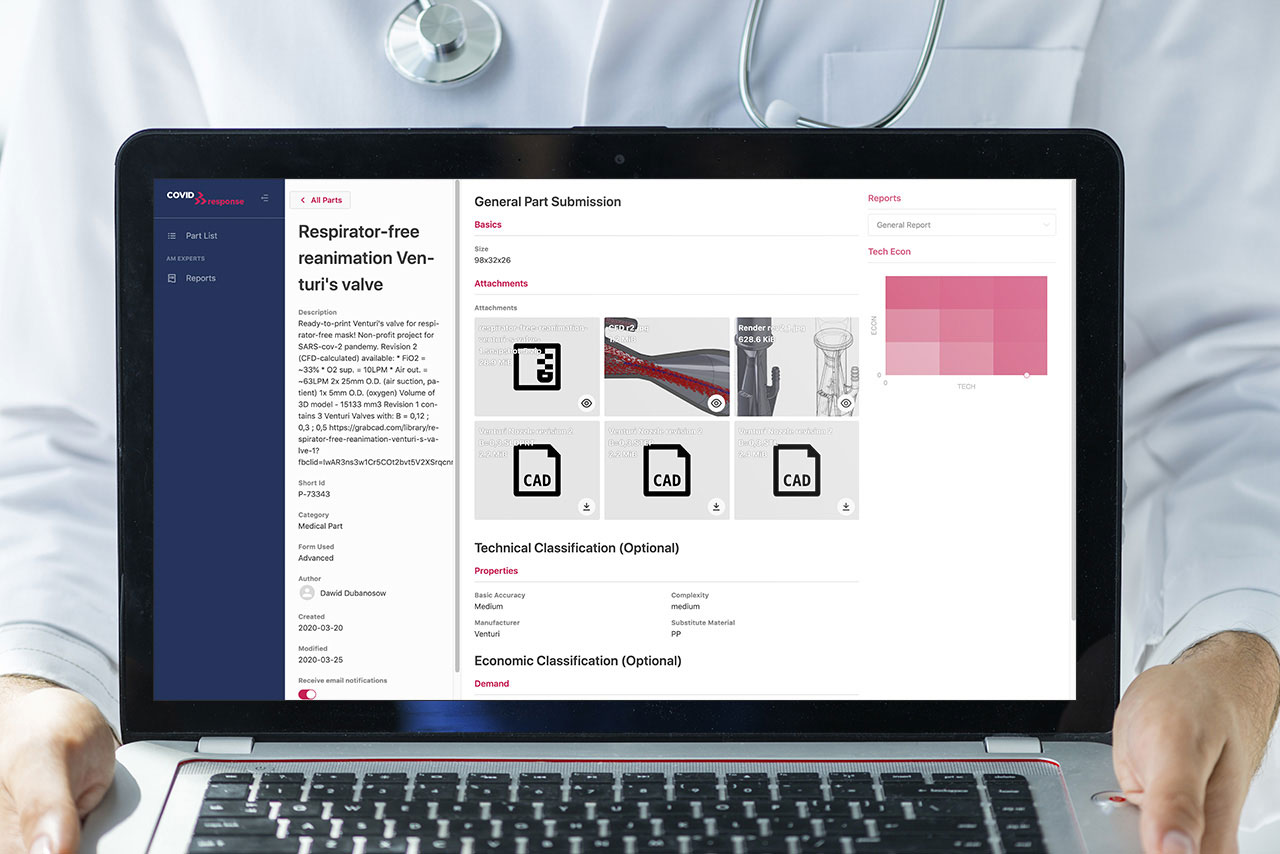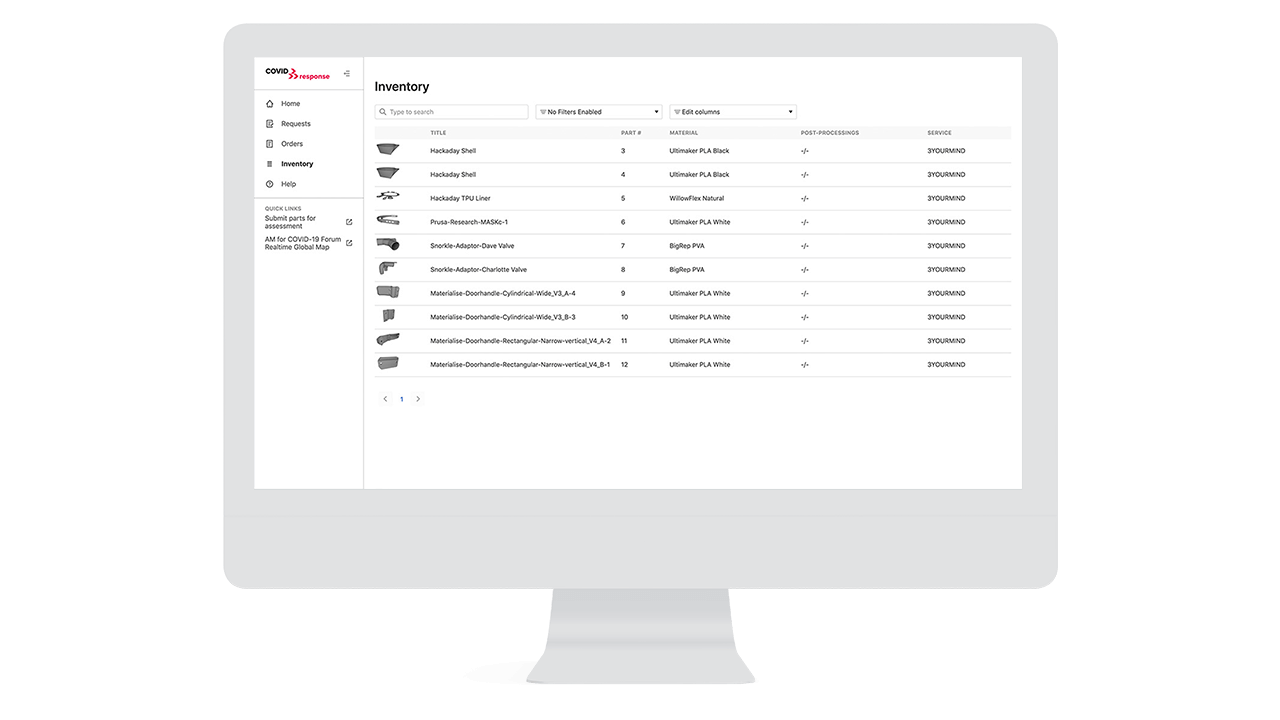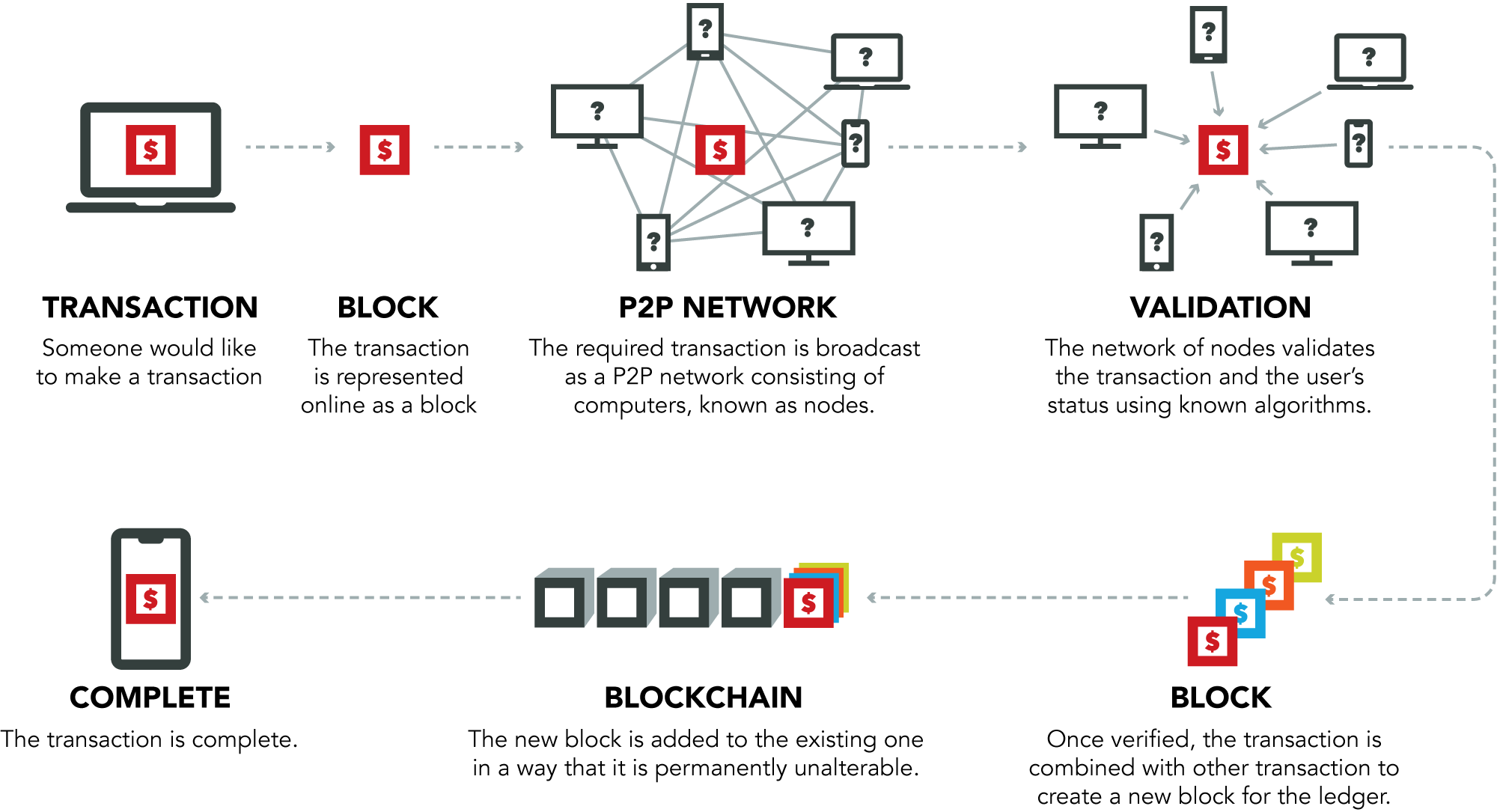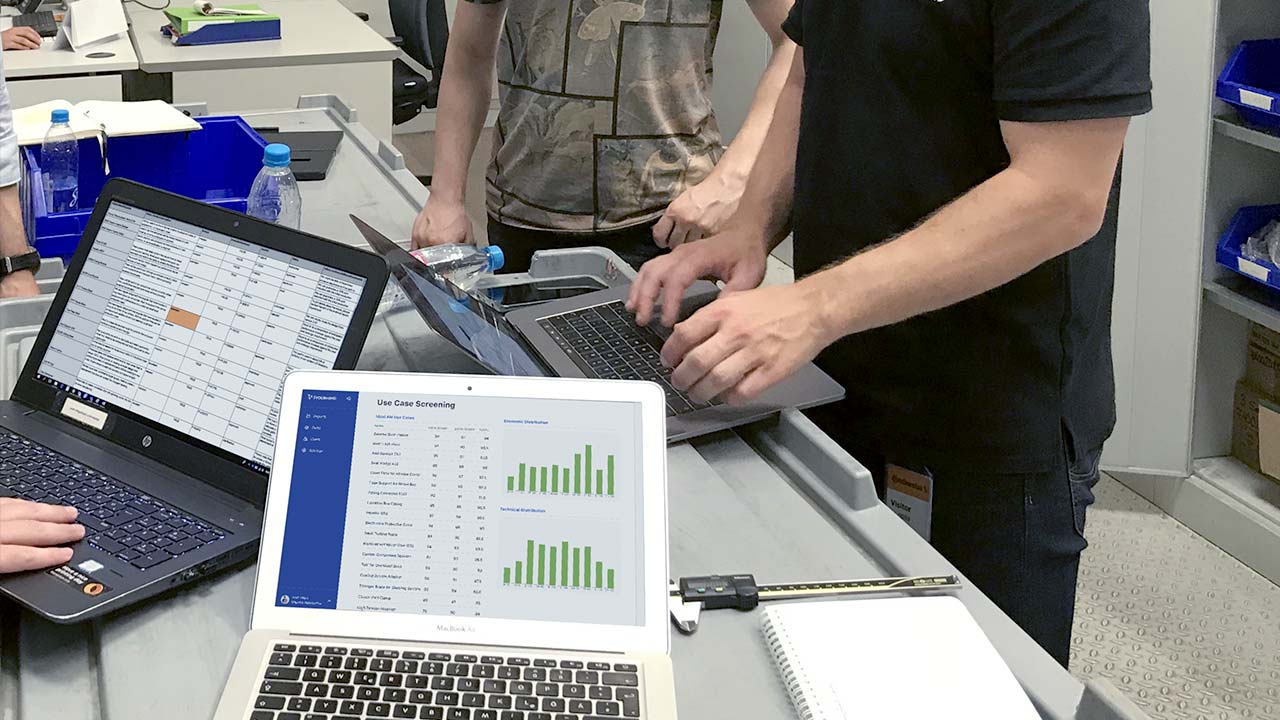Long before the Covid-19 crisis reared its head, 3D printing had faced various challenges surrounding legal production, part qualification, and integration into larger assembly chains, not to mention question marks around the feasibility of scaling up to mass production. During the pandemic, these challenges were emphasized as the 3D printing of personalized protective equipment (PPE), swabs, and ventilator parts captured the world’s attention.
In part, the Covid-19 response has acted as a proving ground to reveal what needs to be put in place to deliver more resilient supply chains, digitalization, and part qualification in regards to additive manufacturing. Now, as we find ourselves in the midst of a second wave, have these learnings been put into practice in order to achieve supply chain resilience this time around, and, how could the pandemic itself shape key trends within 3D printing for the future?
In this month’s 3D Friday Talk Show, additive manufacturing software developer 3YOURMIND will bring together experts from two leading metal AM manufacturers to discuss these trends and challenges. The speakers will consider how the pandemic may have altered previous expectations of 3D printing and will discuss their visions and strategies for the future.
“We have seen more and more interest in identifying the right parts for additive manufacturing,” said Stephan Kühr, CEO and founder of 3YOURMIND. “Industrial companies are setting up clear goals for more resilient and agile supply chains. The automotive, engineering and defense industries are at the forefront of distributed manufacturing, but we see more and more others following.”

Lesson one: establishing protocols for serial production
When the pandemic began, the 3D printing community rallied to fill gaps in the supply chain for in-demand equipment such as PPE, testing kits, and ventilator components. To this end, 3D printing quickly established itself as an important stop-gap method to plug holes in production, but the question remains as to how the industry can move from small series to serial production in order to scale up products to meet overall demand.
One successful company is 3D printer and materials manufacturer Photocentric, which was awarded a contract by the UK government in June to manufacture more than 7.6 million 3D printed face shields over the course of six months. In order to produce the equipment on a mass scale, Photocentric’s Peterborough headquarters was transformed into a streamlined production process, where a print farm of over 30 LC Magna large-format printers operated 24/7. In June, Photocentric was producing 135 shield parts per printer, every hour, with scope to increase these numbers if required.
The ability to transition its manufacturing process to produce the face shields in such vast quantities, and in a very short space of time, demonstrates both the speed and adaptability of 3D printing.

Lesson two: Stock digitization
While it has become clear that 3D printing can play an important role in solving functional problems, the technology still needs to be considered in relation to a larger supply chain. For instance, 3D printed PPE is still reliant on the incorporation of other materials, of which there were worldwide shortages at the height of the pandemic.
3D printing can play a significant role in stock digitization by adapting available components.
One example where this logic was employed was in the Decathlon mask adaptor project led by Brescia-based engineering firm, Isinnova. After its local hospital ran out of respiratory valves, Isinnova collaborated with French sports giant Decathlon to transform one of its diving masks into an emergency ventilator part. The mask was then adapted in a few different ways to meet the availability of the sporting equipment.

Lesson three: Qualified and validated parts
During the pandemic, the additive manufacturing industry proved that production volume can be increased almost overnight, especially when automated. However, it also revealed the need for validation of designs of suggested parts, so as not to overwhelm hospital purchasing agents, for example. In open submission processes and large inventory scenarios, it is important to focus on the production of validated parts.
To this end, 3YOURMIND launched its Covid-19 response platform complete with a three-pronged approach that consisted of a minimized digital inventory of 3D parts, a submission system for new parts, and an ordering platform to match up hospitals, clinics, and medical equipment suppliers with 3D printing services and OEM departments. Since April 2020, more than 40 industrial 3D printing services and OEM departments have opened up access to their production resources via the Covid response platform.

Lesson four: Distributed manufacturing
The excellence center model brings together experts from different additive manufacturing fields to verify 3D printed parts in an agile fashion, enabling 3D printing firms to provide a validated inventory of parts which can then be replicated. A company can develop an inventory of parts that are evaluated by a team of experts in terms of their design, printing parameters, and any validation that needs to be completed. Then, end-users are able to place orders as they would with a normal part supplier, reassured in the knowledge that it is produced in accordance to the relevant standards and regulations.
This type of model is gaining more traction within 3D printing applications and feeds into the concept of distributed manufacturing and sustainment. Blockchain technology is also playing a greater role in facilitating this model while enhancing security within additive manufacturing.
Prior to the pandemic, the U.S. Air Force collaborated with blockchain as a service (BaaS) firm SIMBA Chain as part of its Blockchain Approach for Supply Chain Additive Manufacturing Parts (BASECAMP) project. BASECAMP is using the SIMBA Chain platform to register and track 3D printed components throughout their entire lifecycle and as a means of coordinating distributed manufacturing in the battlefield.
In 2019, Vistory a, French start-up, announced plans to use an Etherum based blockchain to secure information exchange between the French army’s maintenance service (SIMMT) and 3D printing partners including Prodways. The Main-Chain project intends to organize information flow, ensure part production can be verified, protect IP rights and automate terms and conditions linked to production numbers within a secure environment. An update on the Main-Chain project is anticipated later this year.

Lesson five: Rapid certification
In order to achieve rapid manufacturing of end-use parts via 3D printing, rapid certification also needs to follow. This means that to ensure the reactivity of qualification processes, and therefore proactive response systems, data and process standards for 3D printing need to be established. Until this happens, additive manufacturing supply chains will remain limited despite having the capability to produce parts quickly.
Within its Covid response platform, 3YOURMIND brought global certification firm TÜV SÜD on board as a partner. Using 3YOURMIND’s AM Part Identifier software, TÜV SÜD is able to quickly build a profile of parts to determine products suitable for further evaluation.
Most recently, TÜV SÜD revealed its Industrial AM Production Site Certification, a service designed to assess 3D printing processes from both the additive manufacturing and quality management viewpoints simultaneously. The idea of the certification is to verify to manufacturers that they are experts in their respective 3D printing domains, and involves two specifications – ISO 9001 and DIN SPEC 17071.

3D Friday Talk Show: Is 2020 shaping AM trends for the future?
This month’s 3D Friday Talk Show will take place on 27th November from 4-5pm CET, and will address the topics of discussion touched on above.
The webinar will bring together panelists to share their thoughts on how the past year could influence future trends with additive manufacturing, and whether the pandemic has validated long-held ideas about the utility of 3D printing in practice. The panel taps into the knowledge of speakers from leading additive manufacturing enterprises, this month with Marie Langer, CEO of EOS, and Ric Fulop, founder, and CEO of metal 3D printer manufacturer Desktop Metal.
The panel is moderated by Michael Petch, Editor-in-chief, at 3D Printing Industry.
Register for the 3D Friday Talk Show here.
Subscribe to the 3D Printing Industry newsletter for the latest news in additive manufacturing. You can also stay connected by following us on Twitter and liking us on Facebook.
Be sure to subscribe to the Another Dimension podcast on your chosen podcast player to make sure you never miss an episode.
Looking for a career in additive manufacturing? Visit 3D Printing Jobs for a selection of roles in the industry.
Featured image shows AM Part Identifier workshop with one of 3YOURMIND’s customers. Image via 3YOURMIND.


